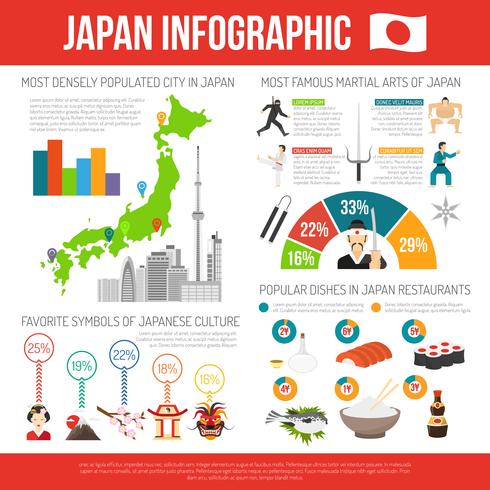The Worldwide Background And Transformation Of Martial Arts
The Worldwide Background And Transformation Of Martial Arts
Blog Article
Content Writer-Mortensen TRUE
Martial arts have an interesting background that covers centuries and continents. You could locate it intriguing how old methods like Shuai Jiao and Kalaripayattu prepared for modern-day battle techniques. These techniques not only highlight physical abilities yet also reflect the societies that birthed them. As you explore their development, think about just how globalization has transformed these standard types into crossbreed styles. What kajukenbo youtube do you believe have formed today's martial arts landscape?
Ancient Martial arts: The Foundations of Fight
As you look into the world of ancient martial arts, you'll find the rich structures that shaped battle techniques throughout societies. Very early techniques concentrated on Self-Defense and survival, usually integrating strikes, hurting, and weaponry.
In old China, for instance, methods like Shuai Jiao highlighted throws and joint locks, while India's Kalaripayattu showcased dexterity and liquid movement. Japanese samurai established Kenjutsu, a polished swordsmanship that highlighted self-control and technique.
These martial arts offered not just for battle but additionally as a means of individual development, instilling values like regard and determination. The mixing of these strategies in time laid the groundwork for the varied martial arts you see today, each reflecting the unique viewpoints and demands of its society.
The Cultural Influence on Martial Arts Advancement
While martial arts typically reflect the useful demands of a culture, they additionally symbolize the social worths and ideas of their origins. When you explore various martial arts, you'll notice how they're influenced by religion, ideology, and social standards.
As an example, the focus on respect and discipline in Japanese martial arts comes from Zen Buddhism and samurai society. On the other hand, Brazilian Jiu-Jitsu advertises flexibility and technique, shaped by the requirement for effectiveness in a varied, modern setting.
You could locate that the rituals, uniforms, and training methods mirror a neighborhood's background and identity. By understanding these social influences, you deepen your recognition of martial arts and their function fit human experiences across the globe.
Modern Adaptations and the Globalization of Martial arts
Martial arts have changed considerably in current years, adapting to modern culture and worldwide impacts. You'll notice that traditional types have blended with modern-day strategies, producing hybrid styles like MMA. These adaptations satisfy diverse target markets, making martial arts accessible and attractive globally.
With Learn Additional Here of social media sites and electronic platforms, you can find tutorials and competitions from all edges of the globe, breaking geographical obstacles. This globalization has caused a shared admiration for various techniques, from Brazilian Jiu-Jitsu to Taekwondo.
As you involve with these arts, you'll realize they're not just about combat; they promote health and fitness, discipline, and mental wellness.
Eventually, modern-day adaptations have actually enhanced the martial arts landscape, making it a vibrant and evolving technique.
Final thought
In discovering the history and evolution of martial arts, you reveal a remarkable mix of methods, cultures, and viewpoints. From ancient disciplines like Shuai Jiao and Kalaripayattu to the contemporary versatility seen in MMA, martial arts show mankind's mission for Self-Defense and individual growth. As you involve with these practices, you not just acquire skills yet likewise a deeper gratitude for the varied traditions that shape our world today. So, proceed your journey and embrace the art of combat!
